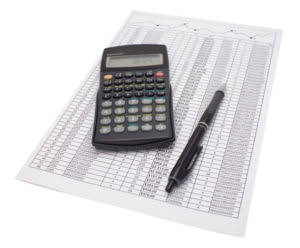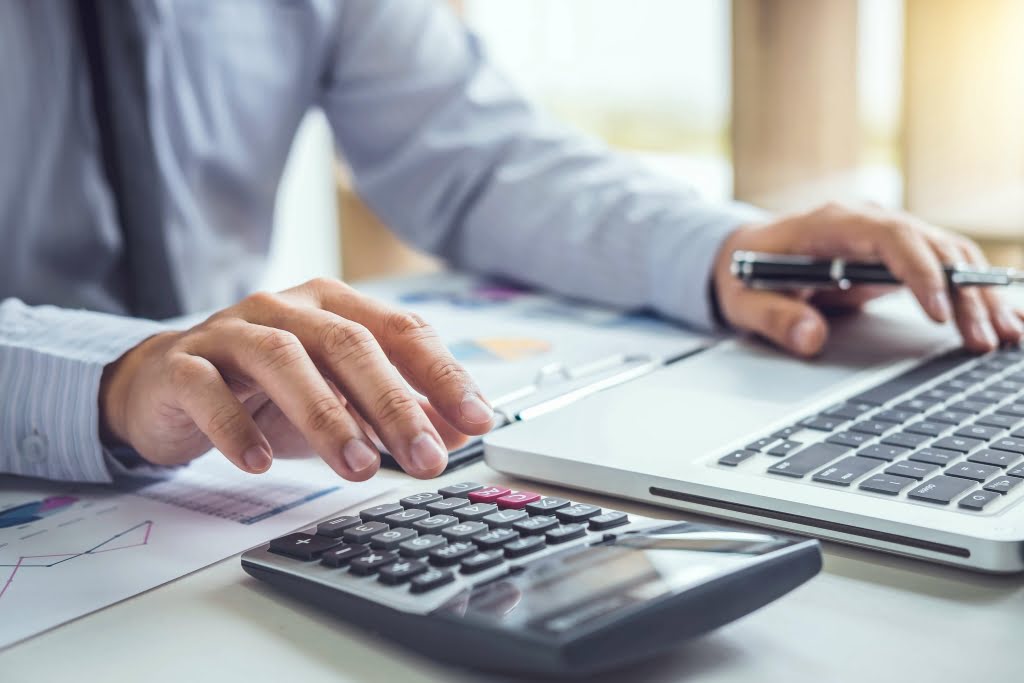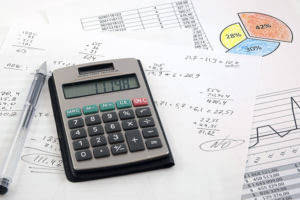Depreciation Expense: Understanding Its Impact on Business Financials

An asset account which is expected to have a credit balance (which is contrary to the normal debit balance of an asset account). For example, the contra asset account Allowance for Doubtful Accounts is related to Accounts Receivable. The contra asset account Accumulated Depreciation is related to a constructed asset(s), and the contra asset account Accumulated Depletion is related to natural resources. Under the accrual basis of accounting, revenues are recorded at the time of delivering the service or the merchandise, even if cash is not received at the time of delivery. You should consider our materials to be an introduction to selected accounting and bookkeeping topics (with complexities likely omitted). We focus on financial statement reporting and do not discuss how that differs from income tax reporting.
Methods of Calculating Depreciation Expense
- Under the IRS rules, assets like office furniture and equipment belong to the seven-year property class under MACRS, and off-the-shelf software can be depreciated over 36 months.
- In accounting, depreciation is the assigning or allocating of the cost of a plant asset (other than land) to expense in the accounting periods that are within the asset’s useful life.
- Notably, the depreciation expense constitutes a primary component of costs that businesses incur over time for assets they own and utilize.
- The current net taxable impact for Example 1 is negative $200,000 ($800,000 sale of traded assets minus $1 million first year depreciation deduction).
- Grasping depreciation expenses empowers business owners to make smarter financial decisions and develop robust strategies for their company’s future.
- The Tax Cuts and Jobs Act (TCJA) of 2017 brought many changes to how farmers handle depreciation.
Depreciation operates on several key accounting principles that govern how businesses record the gradual consumption Accounting for Churches of asset value. At its core, depreciation applies the matching principle – expenses should be recognised in the same period as the revenue they help generate. This means the cost of a long-term asset like machinery isn’t expensed immediately but spread across its useful life. A good depreciation expense accurately reflects the wear and usage of an asset over its useful life, aligning with your company’s operational needs and accounting standards. It should be realistic, neither overestimating nor underestimating the asset’s value decline, to ensure your financial statements accurately represent your business’s health. These methods allow for larger depreciation expenses in the earlier years of the asset’s life.
Depreciation Expense, Accumulated Depreciation & Net Fixed Assets

Using the straight-line method of depreciation, the depreciation expense to be reported on each of the company’s monthly income statements is $1,000 ($480,000 divided by 480 months). However, if a company’s depreciable assets are used in a manufacturing process, the depreciation of the manufacturing assets will not be reported directly on the income statement as depreciation expense. Instead, this depreciation will be initially recorded as part of manufacturing overhead, which is then allocated (assigned) to the goods that were manufactured.

Selling a Depreciable Asset
- Note that the account credited in the above adjusting entries is not the asset account Equipment.
- Regular reassessment of these estimates helps maintain accuracy as new information becomes available about asset performance and market conditions.
- Certain assets have specific depreciation rules that, if misunderstood, can lead to errors.
- It doesn’t depreciate an asset quite as quickly as double declining balance depreciation, but it does it quicker than straight-line depreciation.
- In addition, from a tax perspective, because depreciation is considered a non-cash expense, it can decrease a company’s taxable income, thus, reducing the amount of taxes owed.
- For assets you expect to use for their entire lifespan, a straight-line method could be more appropriate.
Depreciation expense is recorded on the income statement, while the corresponding accumulated depreciation is shown on the balance sheet. This will ensure that businesses reflect the cost of their assets as used, rather than trying to take an entire expense upfront. Applying these examples to your own business assets can enhance your understanding of how depreciation expenses affect your financial statements. This knowledge empowers you to make more informed decisions about asset management and financial reporting. Depreciation in accounting and bookkeeping is the process of allocating the cost of a fixed asset over the useful life of the asset. The cost of the asset should be deducted over the same period that the asset is used to generate income instead of deducting a large expense when retained earnings it’s purchased.
Units of production depreciation

If your financial statements are prepared based on IFRS, IAS 16 Property, Plant, and Equipment are the standard for dealing with depreciation expense meaning depreciation. For the past 52 years, Harold Averkamp (CPA, MBA) hasworked as an accounting supervisor, manager, consultant, university instructor, and innovator in teaching accounting online. The book value of bonds payable is the combination of the accounts Bonds Payable and Discount on Bonds Payable or the combination of Bonds Payable and Premium on Bonds Payable.

